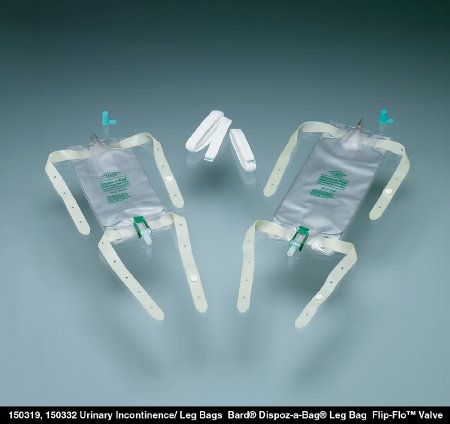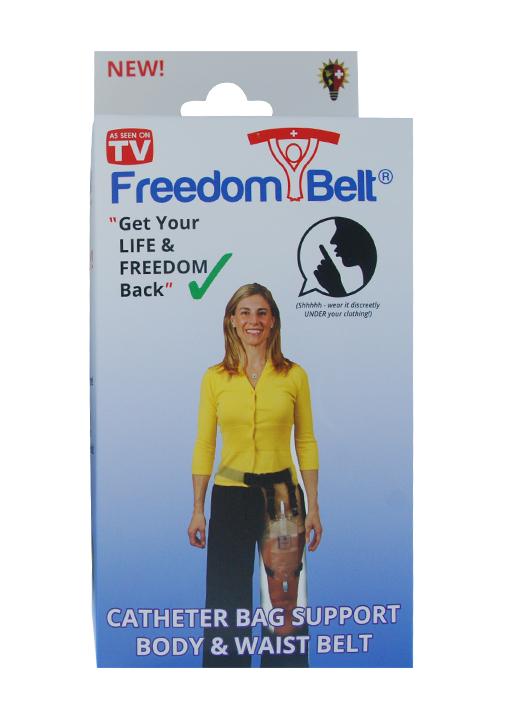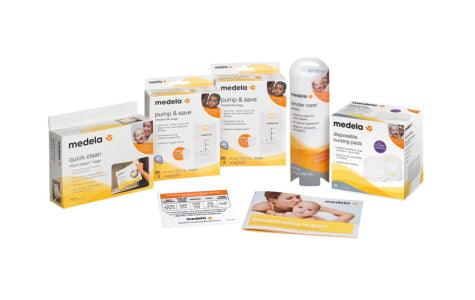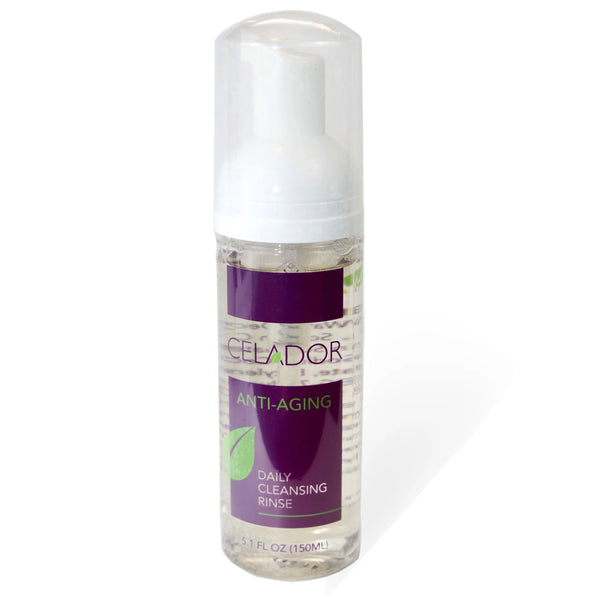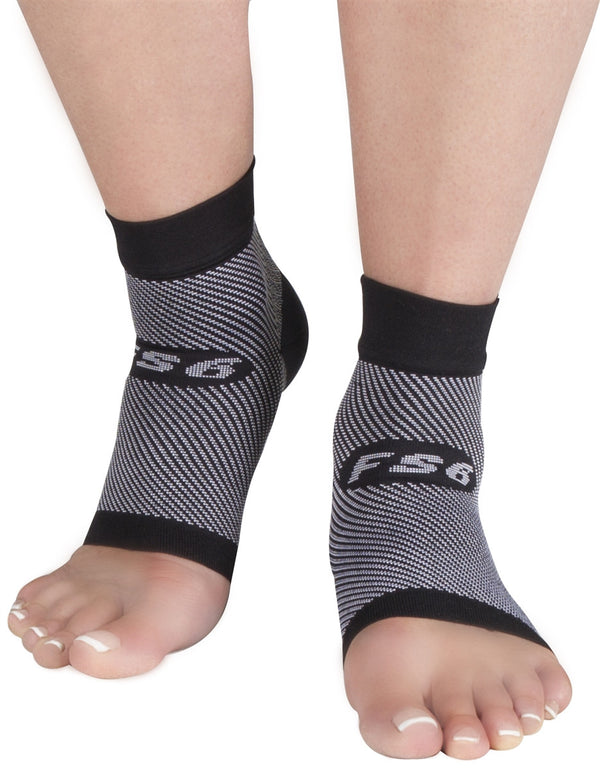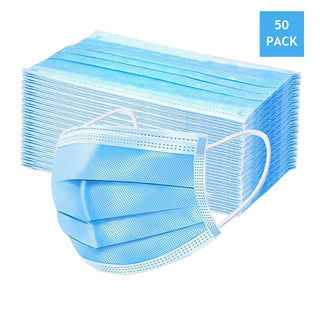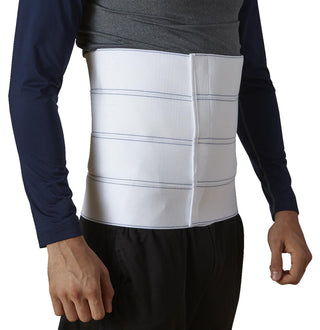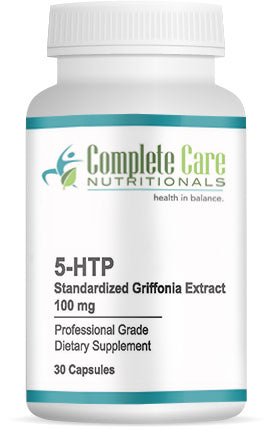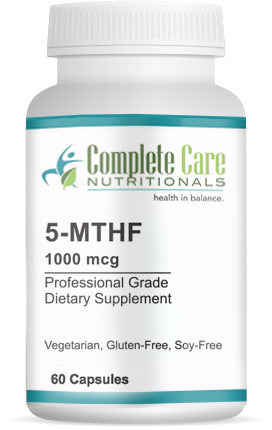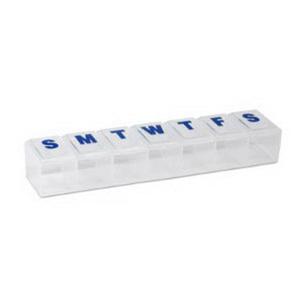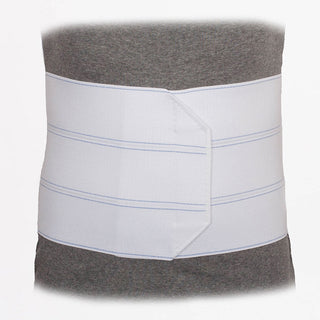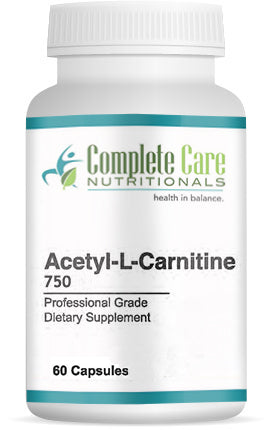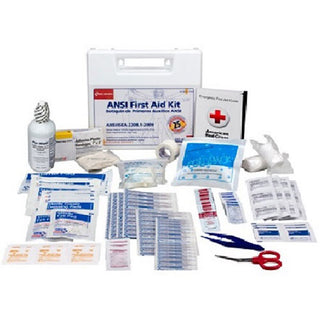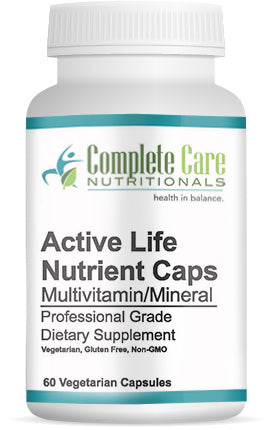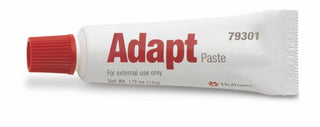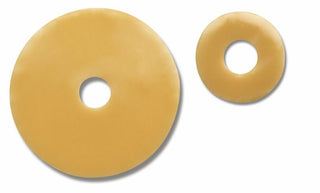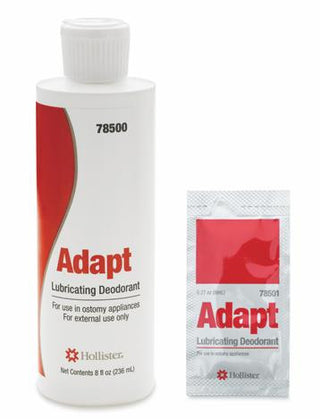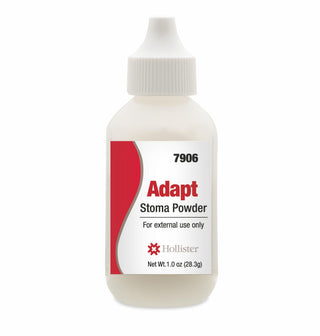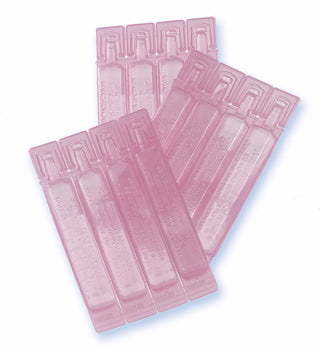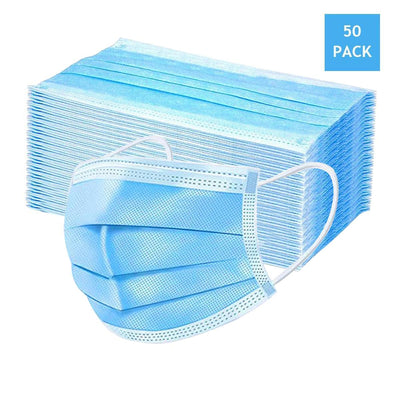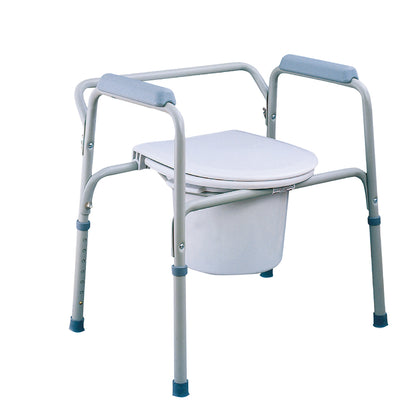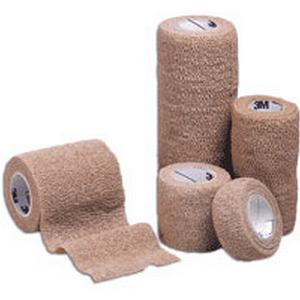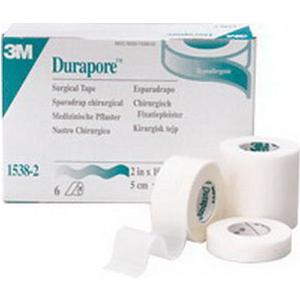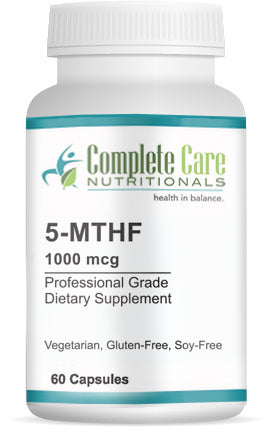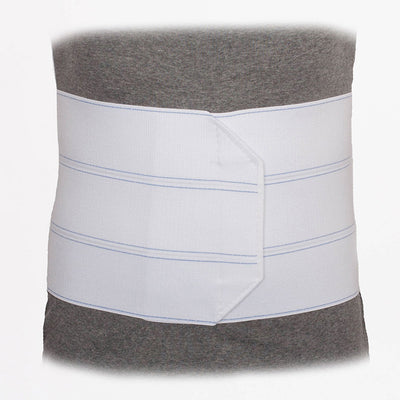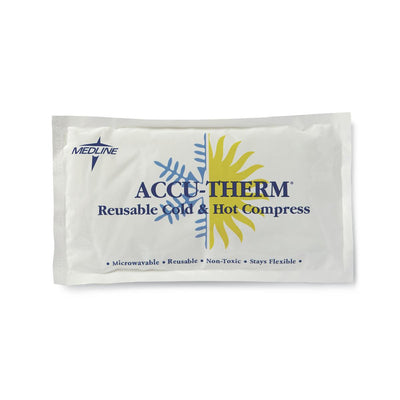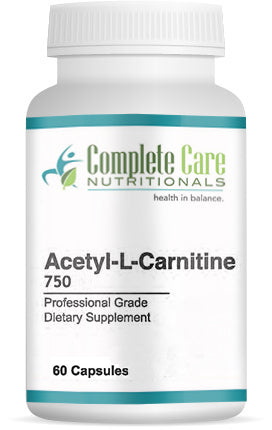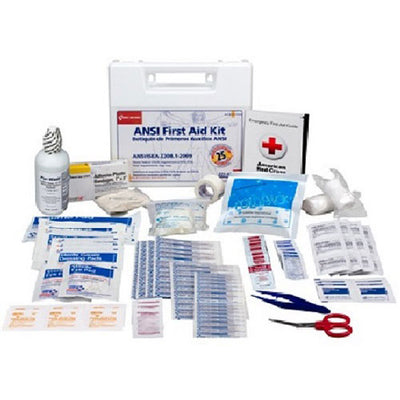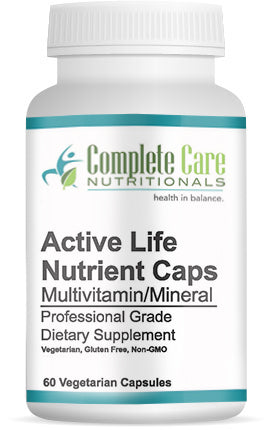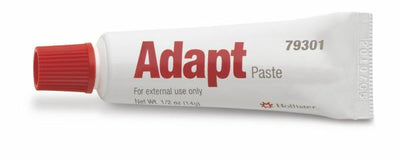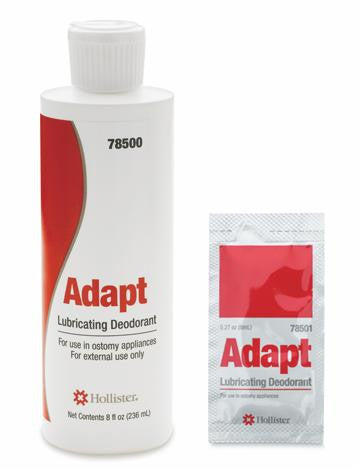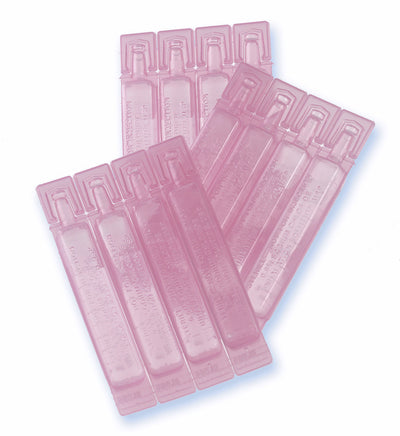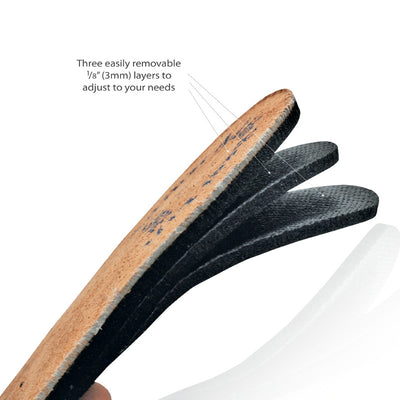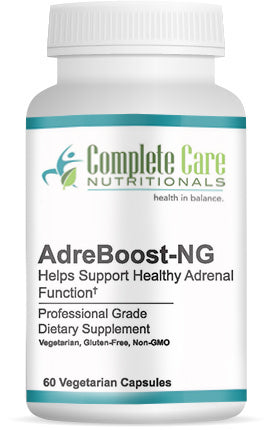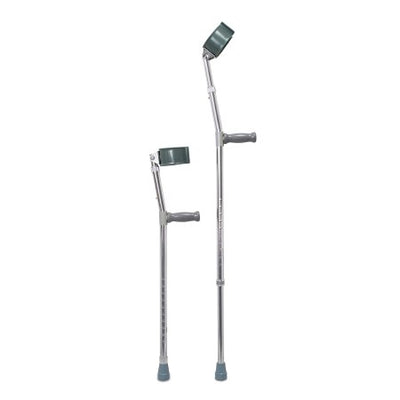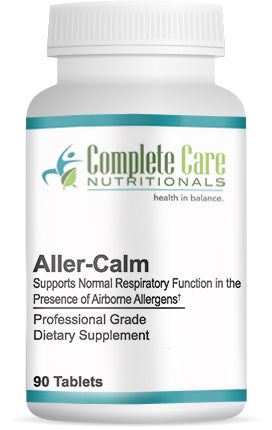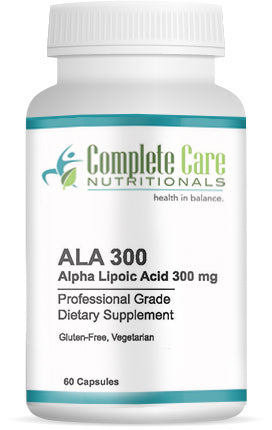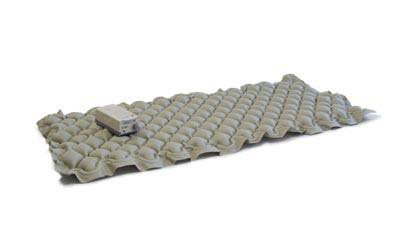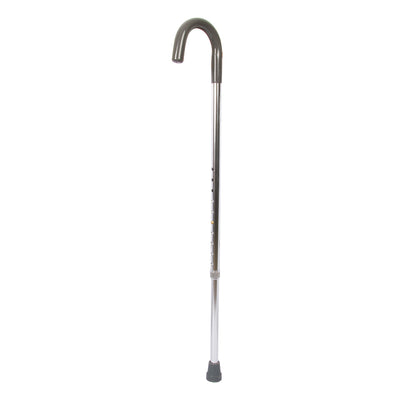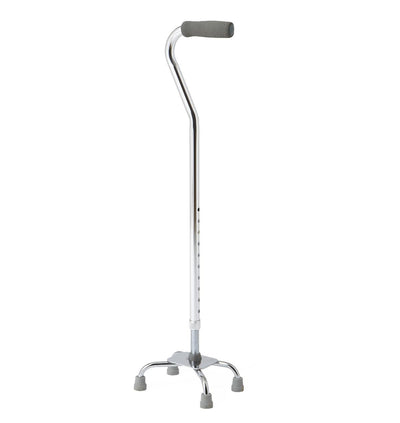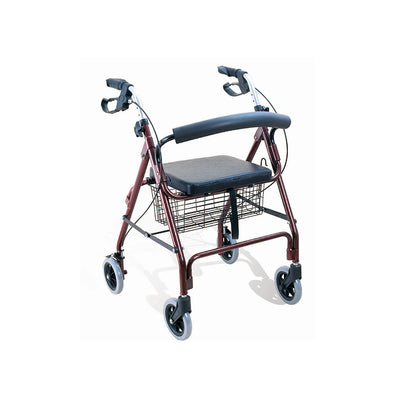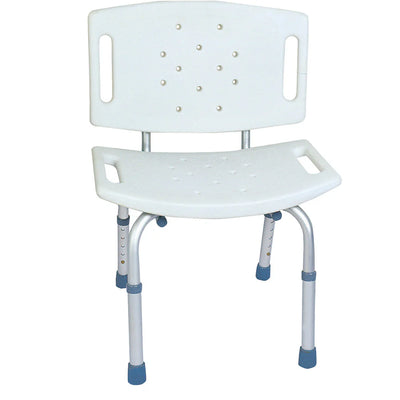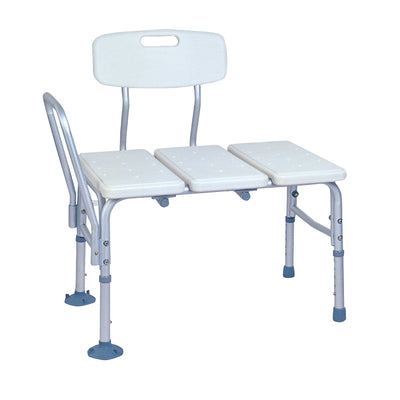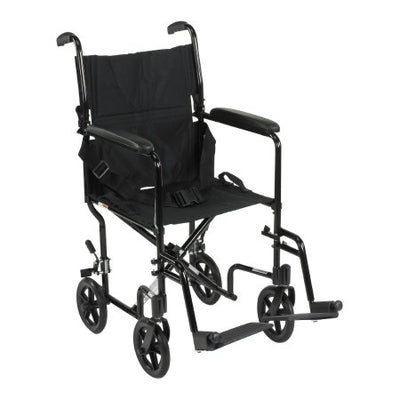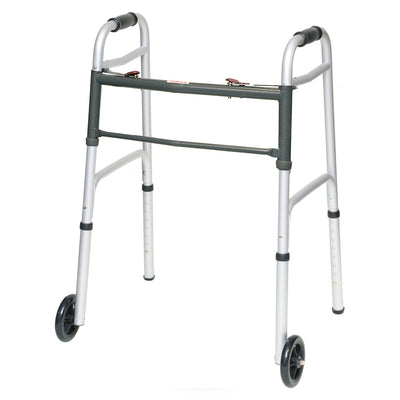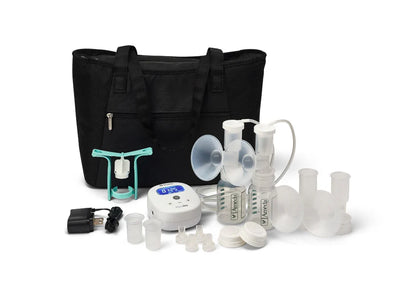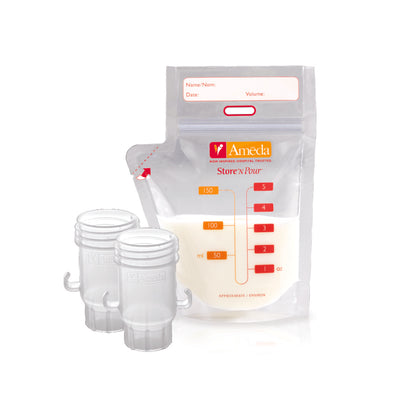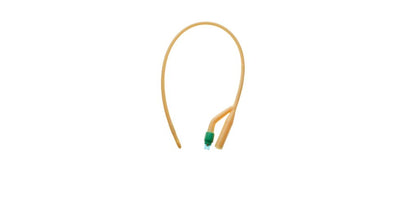As summer temperatures take hold, you should be mindful during all outdoor activities. High temperatures can quickly take a toll on your body and can push your body into serious conditions like heat exhaustion and heat stroke. It is important to know what these conditions are, as well as prevention and treatment options.
What Are Heat Exhaustion and Heatstroke?
Heat exhaustion occurs when your body begins to overheat. Heat exhaustion usually sets in with general muscle weakness, sudden sweating, nausea or vomiting and sometimes fainting. During physical activity, your body loses fluids through sweat. If you don’t replace those fluids by drinking water or other liquids, you can become dehydrated. Dehydration can also put you at risk for heat exhaustion.
Heatstroke occurs when your body temperature reaches 103 degrees Fahrenheit or higher, usually as a result of prolonged exposure to or physical exertion in high temperatures. Heatstroke requires emergency treatment. Untreated heatstroke can quickly damage your brain, heart, kidneys and muscles. It is often recognizable by hot, red and dry skin, confusion or fainting.
Other symptoms include a sudden severe headache, sudden chills, nausea and a rapid heart rate or breathing. If you experience any of these symptoms, you should act quickly.
How to Treat Heat Exhaustion and Heatstroke
If an individual begins to show signs of heat exhaustion, you should begin to cool them down by bringing them into the shade and offering them cool, but not ice-cold, fluids. At the same time, you should apply an ice pack or washcloth to their head, chest or neck. Spraying them gently with cool water or applying it to the skin can also help until their body temperature cools down.
Heat stroke, on the other hand, is a medical emergency and should be treated accordingly. If an individual begins to experience heat stroke, call 911 and take the same measures to cool the individual down until emergency services arrive.
How to Prevent Heat Exhaustion and Heatstroke
To prevent both heat exhaustion and heatstroke, you should think ahead and be prepared before going outside. The biggest precaution you can take is to stay hydrated by drinking plenty of water and fluids. When you are outside and sweating, you should drink fluids with electrolytes, like sports drinks or electrolyte-infused water, to replenish your body. During the summer, you should drink water regularly so that your body is never operating in a dehydrated state.
It is also a good idea to wear light, loose-fitting clothing to avoid raising your body temperature, along with a hat to reduce sun exposure. Also, make sure not to overexert yourself when you are out in the heat and listen to your body if you begin to feel tired or overheated. Exercising indoors is also an option.
By being mindful and taking care of yourself in the heat, you can avoid both conditions altogether. Stay ready for summer and keep your body fueled and nourished. Complete Care Medical is committed to looking out for you and your family and provides thousands of products to keep you healthy.
What topics do you want us to cover in future content and videos?
Hello Community! Our team wants to do everything we can to help you with health-related products and services. Please let us know what particular topics, big or small you'd like to know more about and we will do our best to create content that meets your needs.








